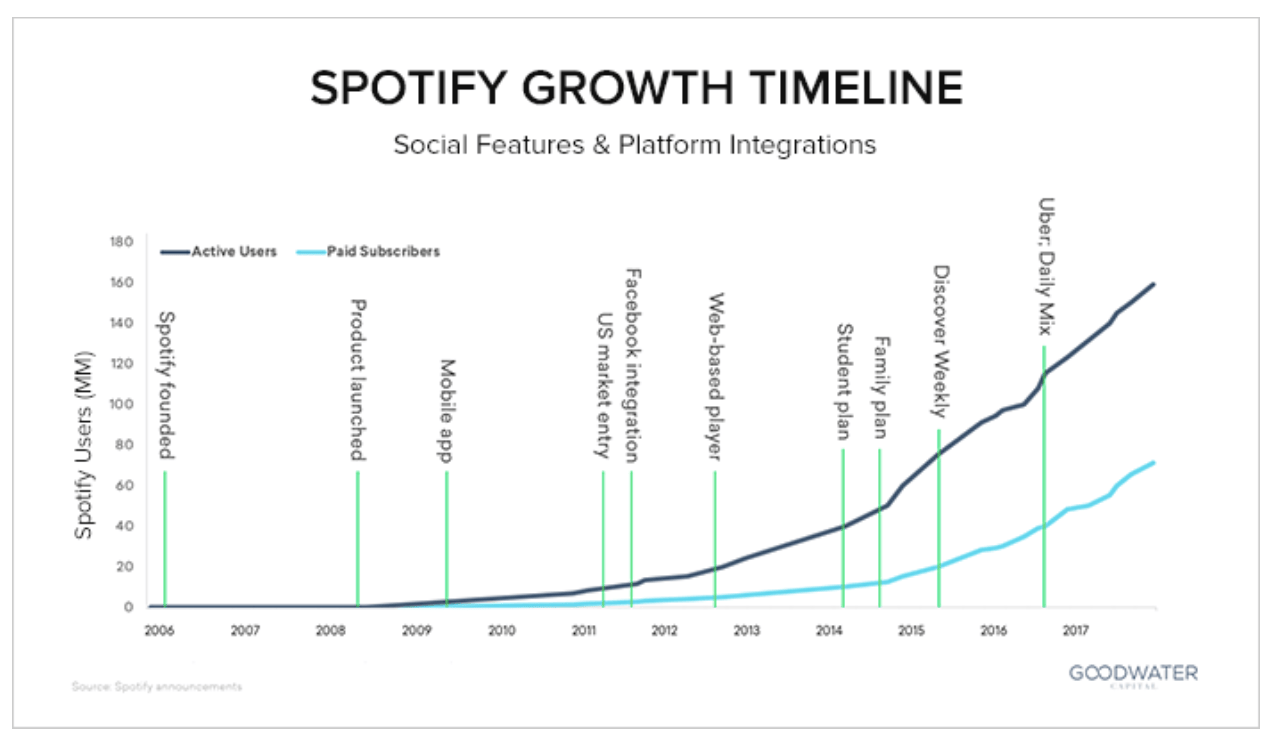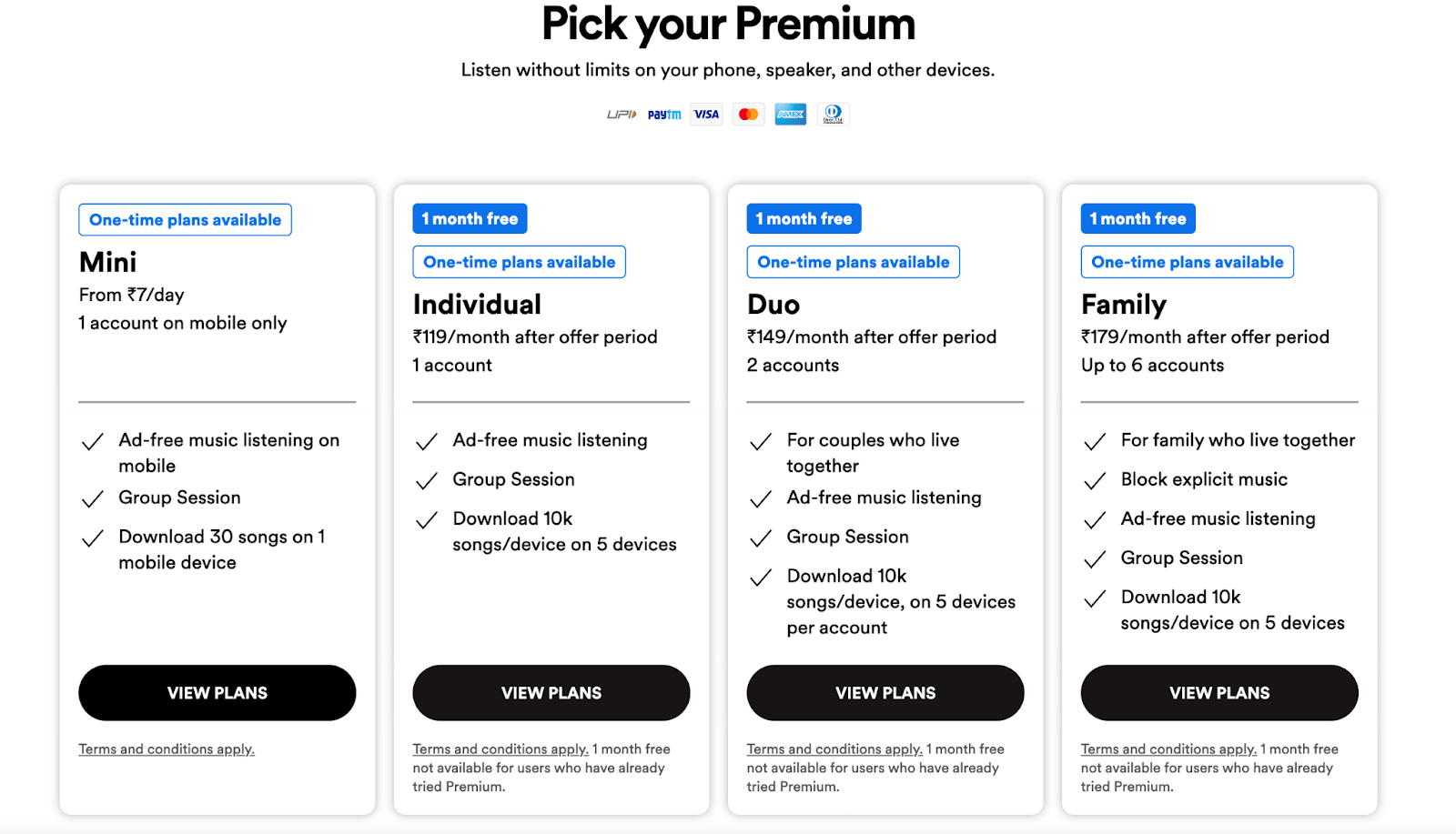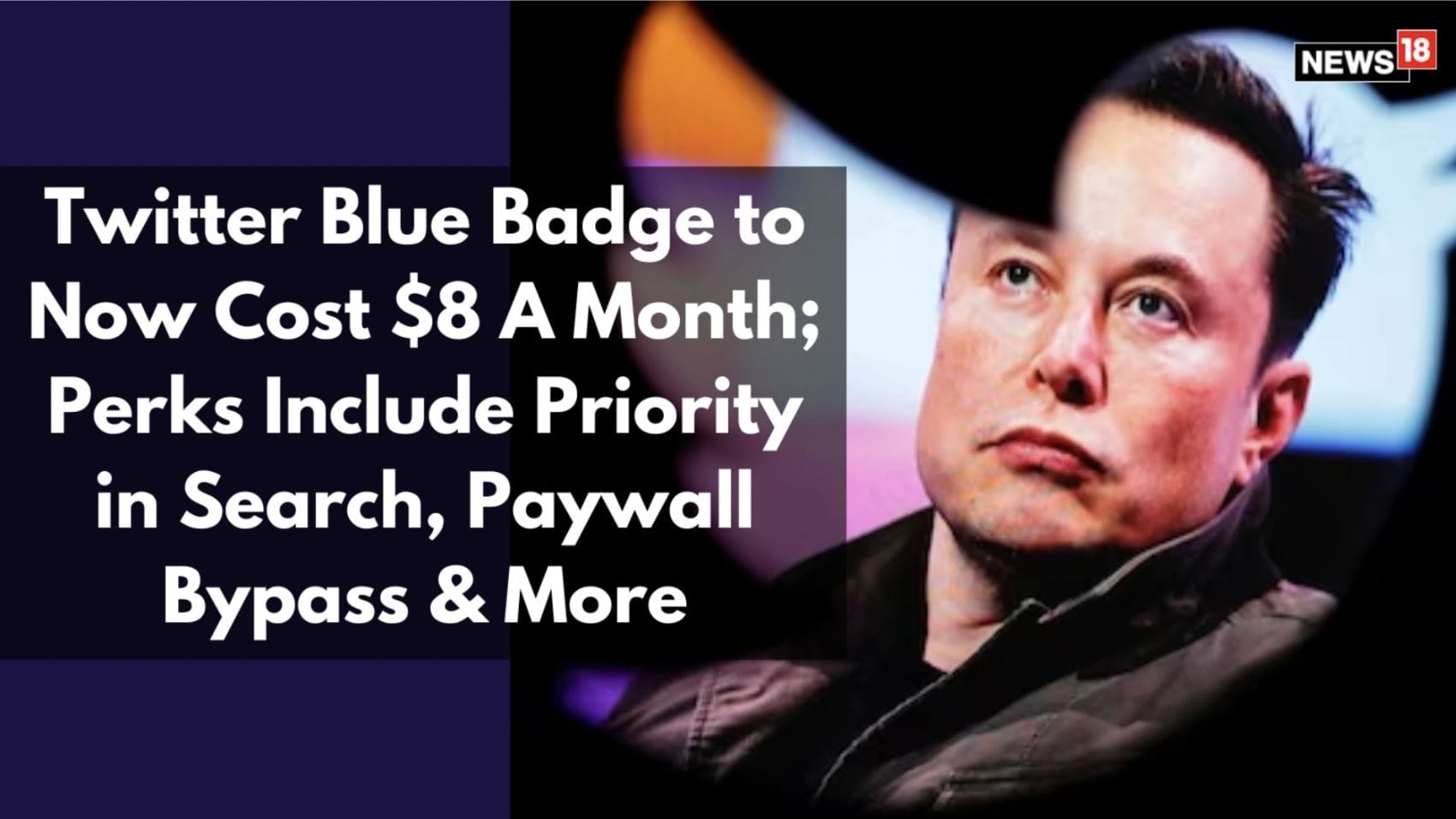TL;DR
- Reflect on the challenges of dynamic pricing in the tech industry, including artist compensation and the search for sustainable revenue models.
- Discover how Netflix's The Playlist offers insights into dynamic pricing necessity, using Spotify's pricing evolution as a case study.
- See the impact of Spotify's shift to a freemium model on the music industry and its implications for dynamic pricing strategies.
- Consider the implications of Twitter's subscription model for the blue tick as an example of dynamic pricing experimentation in social media.
- Togai's solution for pricing and billing needs showcases a real-world application of dynamic pricing strategies.
Pricing is not a one-time effort. It's an ongoing effort to align value and pricing.
This Deepavali, I binged through The Playlist, Netflix’s new original about the evolution of Spotify. The show is structured in a manner where everybody involved in Spotify’s inception is the hero of each episode. While Netflix does a great job in ensuring that the audio streaming platform’s success isn’t attributed to just one person (Daniel Ek), it also raises some pertinent questions on value/pricing. I think there’s a lesson or two on why pricing shouldn’t be a one-time effort.
The series credits Petra Hansson, the legal lead, for coming up with a hybrid business model and thereby saving Spotify. Why did Spotify need saving?
Daniel EK believed that a world-class audio streaming service supported by advertising revenue is the messiah for a distressed global music industry. However, they soon realized that the licensing of songs from traditional music labels (Universal/Sony) was extremely steep and advertising money was nowhere close to offsetting costs.
In the show, Petra Hansson comes up with the idea of a freemium model. She proposes gating product features behind a paywall and coins the idea of Spotify Premium. This, to me, seems like the perfect PLG model. Users first sign up for free and then pay for features that add more value to the product experience.
Also Read: OpenAI API: Its Pricing Model, Determinants & Cost Comparison
I can’t help but notice that this story is very similar to most SaaS startups. Most often, SaaS founders focus deeply on solving a specific problem statement and pricing is an afterthought.
The series ends with portraying Spotify as the big bully in the music industry. The show insinuates that Spotify is exploiting artists across the globe despite its monopoly over music distribution. This feeling is not a distant reality, especially among some dear friends who are renowned artists in South Asia.
To be fair to Spotify, the platform does experiment with pricing quite a bit. For example, it introduced a premium mini plan in India at INR7/day.
I wonder what is stopping Spotify from pricing based on perceived value.
Is it the notion that the consumer is spoiled by more economical alternatives such as Youtube Music?
There are platforms, like patreon & buymeacoffee, that empower creators to monetize directly from their fans. Perhaps, this isn’t a scalable model for exponential growth but it seems more sustainable.
In other news, Elon Musk just announced that users can get a blue tick at $8/month. At $8, I presume that the platform will be ad-free and Twitter will bundle some additional features to the profile.
Twitter’s blue tick was the social media equivalent of a knight’s anointment. I am curious about the outcome of this move.
By democratizing the blue tick, Musk may have opened up a new stream of revenue but it may diminish the value of the blue tick. The tick puts the user on a higher pedestal, giving him/her the notional power to influence. The blue tick made it easier for brands to engage in influencer marketing.
This is potentially the first time that a social media platform is moving to a freemium model. It would be interesting to see how things pan out for Twitter. We may begin to understand the true value a user sees in social media. More on this later.
Whatever the case may be, we at Togai believe that pricing can be one of the strongest growth levers for any tech product. We’d love to connect and hear your thoughts. Until then, enjoy The Playlist, and sorry about the spoilers 😷.






